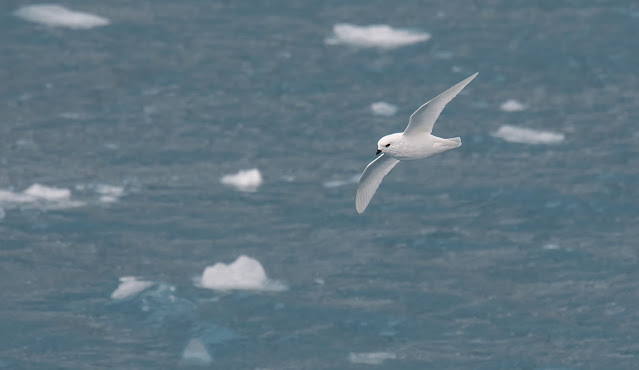As we arrived at the edge of Antarctica, the snow started, which gave us some wonderful landings, with epic landscapes and encounters with the penguins.
Penguin Island certainly lived up to its name with plenty of both Gentoo and Chinstrap Penguins. We also had some great views of the Leopard and Weddel Seals. This even included a Leopard Seal catching a Penguin. As the Leopard Seal is not too keen on eating the feathers on the penguin, they literally throw it powerfully around, which strips the feathers from it. Lisa spotted this bit of action from the Zodiac, and our driver quickly got us in position so we could photograph the grisly action.
Leopard Seal stripping a Penguin.
Following this encounter we landed at Penguin Island and immediately started to see the lovely Gentoo Penguins, shortly followed by the Chinstraps.
Mating Chinstrap Penguins. (no privacy here)!!
As well as the hunting Leopard Seal, Lisa also spotted another Leopard Seal resting on a small floating iceberg. This was on another Zodiac cruise. By now the snow was falling quite heavily, so it was pot luck if the photos through the snow were clear enough.
Leopard Seal showing its teeth.
We also had a couple of Weddel Seals with their pups. The pups of this species are adorable and one of them was super sweet with its Mum.
Weddel Seal with Pup.
The skies were also very atmospheric with a fog bank floating about in the distance.
Antarctic Scenery.




















































